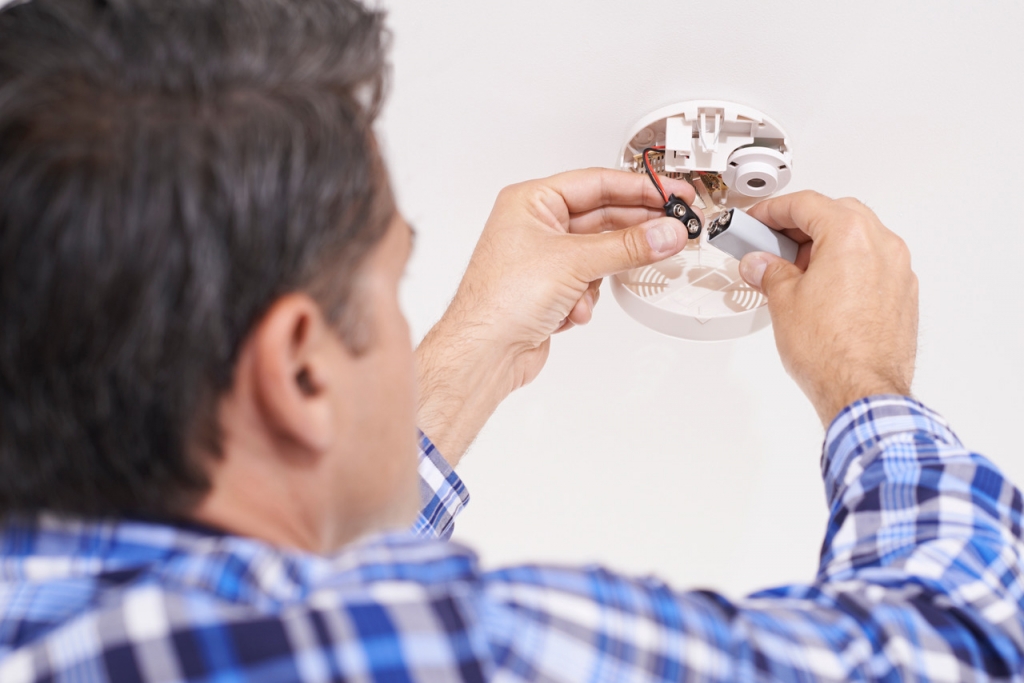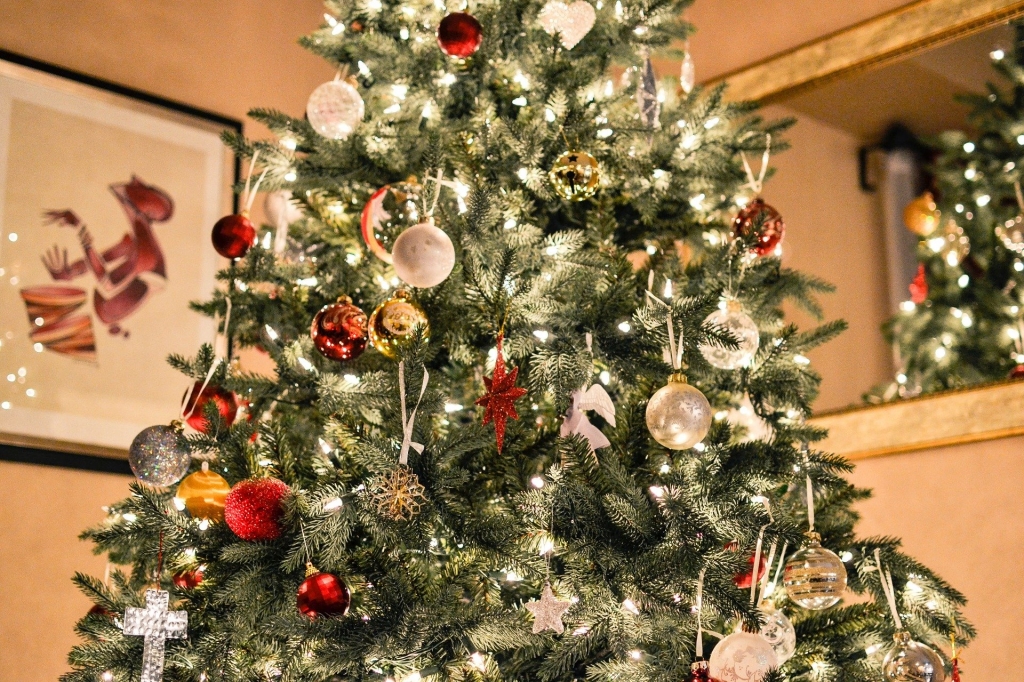Did you know that National Home Fire Safety Week is November 24 – November 30? We’ve compiled a list of steps for you and your family to keep your home safe.
Detectors
Smoke detectors save lives. It’s mandatory to have a functional smoke detector on every level of your home. Smoke detectors should be placed near the kitchen and in all sleeping quarters.
National Home Fire Safety Week is a great time to begin new routines for your home. Add a reminder to your calendar to test your smoke detectors, monthly. To test your detectors, push the test button to indicate the sound. If your fire detector is connected to your alarm system and the fire department directly, call the company to ensure all is working on their end and have them guide you through steps to test your system. It is recommended to have everyone in the household present for the tests so they know and can recognize the sound of your fire detector. Do not use rechargeable batteries for your fire alarms. Rechargeable batteries do not emit a signal when they are low, the way a normal battery does.
A Carbon Monoxide (CO) detector protects your family from the dangers that you cannot see or smell. CO detectors are mandatory in Ontario homes. Like smoke detectors, it is important to determine the proper placement of CO detectors, so they can protect everyone in your home. CO detectors should be outside all sleeping areas and in garages.
It’s important to note, that CO detectors emit a different sound than smoke detectors. Test your CO detector when everyone is home, so they are able to recognize the difference in sounds between the smoke detector and CO detector.
Have A Plan
Each household should have their own fire escape plan. This is a plan of what to do in the event of a fire. Always know the primary exit you would take from each room, and the fastest way to get outside and out of the danger zone. Schedule a family meeting to go through the plan and revise as you walk through your home.
A yearly fire drill around the home can do wonders for putting everyone’s mind at ease. Some things to practice during these drills:
- Getting low and crawling along the ground to avoid smoke inhalation
- Navigating around with eyes closed, to mimic a night fire where the power has gone out
- Touching doorknobs lightly before turning them, to check if there is an active flame or heat source behind the door
Kitchen
Avoid fires in the kitchen by being present for the entire cooking process. It is very common to begin cooking, put food on the stove and then proceed to leave and do something else. This is also one of the most common ways a fire starts. Keep an eye on your food the whole time, and in the event of a fire, you can react quickly and minimize the effects before it is too late.
There are many combustibles in a kitchen (oven mitts, wooden spoons etc.). Keeping these away from burners will prevent any accidents. It is recommended to avoid wearing long sleeves while cooking as these could accidentally catch on a burner. Additionally, clean any spill up immediately as these can act as a conduit for fires.
Finally, avoid overloading electrical outlets, as they can short circuit.
Using a Fire Extinguisher
Do you know how to use your fire extinguisher? Take the time with each member of the family to go over the steps of using a fire extinguisher, so everyone is prepared in the event of an emergency.
If you do not have one, this is the perfect time to purchase one. Make sure to purchase one for each level of your home and record the expiry date in your phone, so they are always up-to-date.
Holiday Safety
With the holidays around the corner, more items, such as a Christmas tree, gifts, décor, are often brought into the home, and in turn heightens the risk for fires. Prior to hanging the Christmas lights, check them to ensure they are all functional. Discard any light strands that have become frayed and damaged.
If you have a real Christmas tree, ensure that it is kept watered on a regular basis and kept away from any ignition source. This will reduce its flammability in the event of a fire.
When lighting a candle or lighting your non-electric fireplaces on cold nights, make sure all fire is completely out before leaving unattended.
It’s time to put safety on the front-burner. With awareness and planning, home fires are largely preventable. Participate in National Home Fire Safety Week by increasing your safety!




